November River Ramble
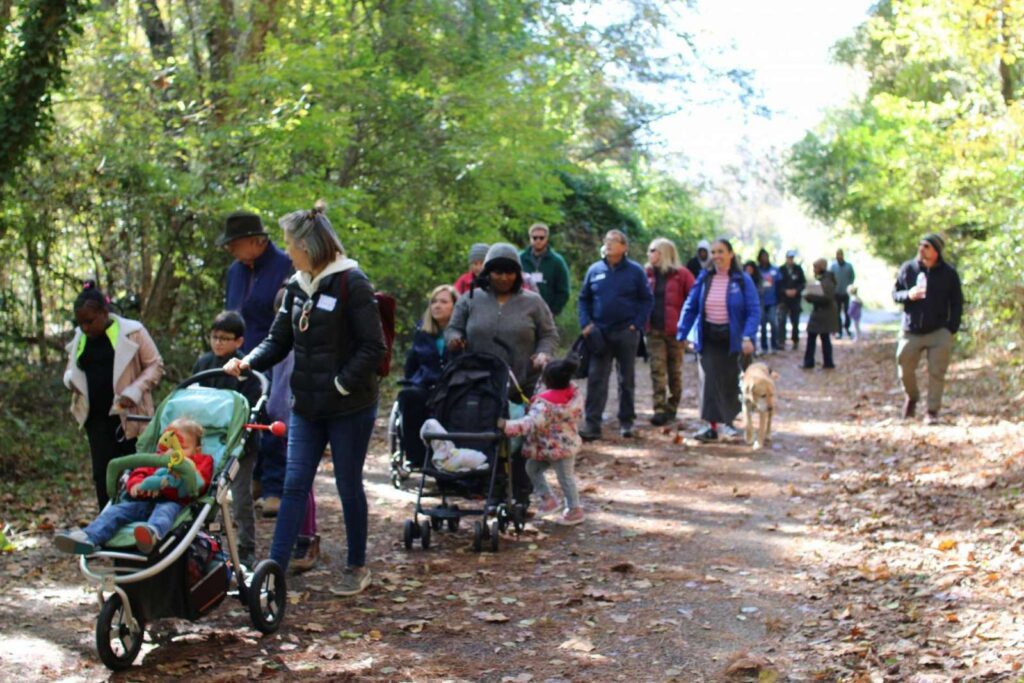
The second River Ramble led by the Chattahoochee RiverLands team focused on designing accessible trails and outdoor spaces for individuals with disabilities.
It took place on Saturday, November 9th, 2019, from 10:30 am to 1:30 pm at the Rottenwood Creek Trail at the Paces Mill Unit of the Chattahoochee River National Recreation Area. The Ramble was not only a chance to get out to the River’s edge at one of the National Recreation Areas on a beautiful day, but also was a unique opportunity for the Design Team to listen to a group of youth and disabled attendees about how to make more accessible, rewarding outdoor experiences.
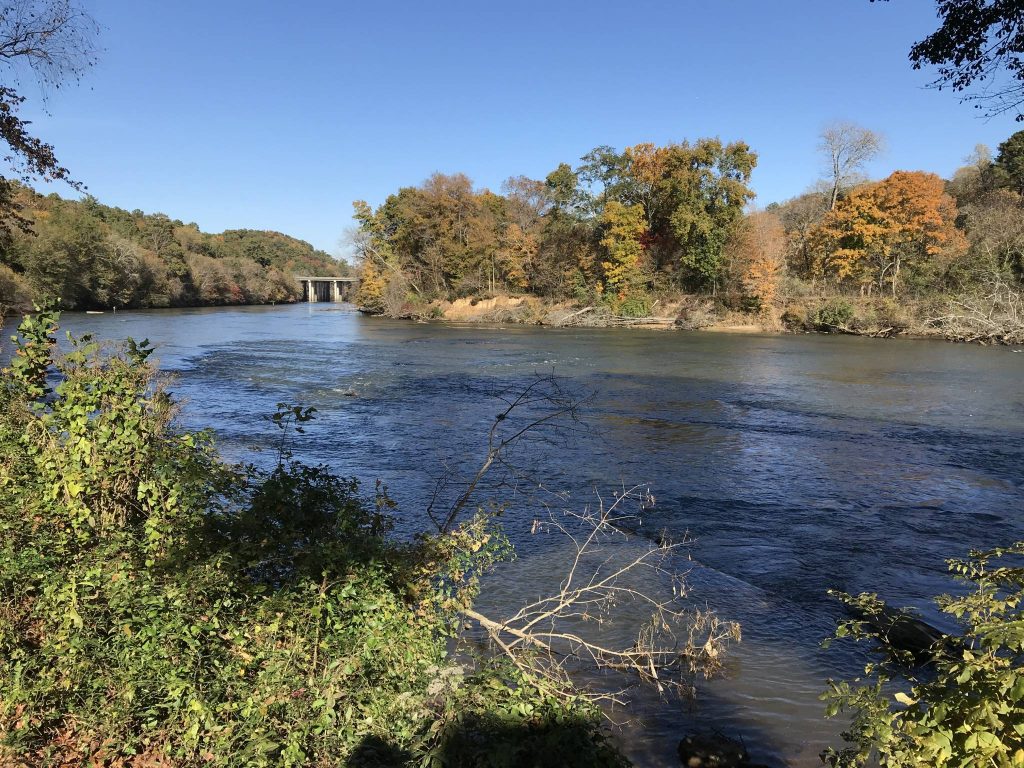
The River Ramble was organized in partnership with Nature For All, an Atlanta based organization dedicated to making nature accessible for all and a member of the Chattahoochee Working Group for the team’s study. This event built on previous programs organized by Nature for All for people living with visual impairments, bringing together a large network of organizations including the Georgia Council of the Blind, Center for the Visually Impaired, Shepard Spinal Center, the Aimee Copeland Foundation, and Friends of Disabled Adults and Children (FODAC).
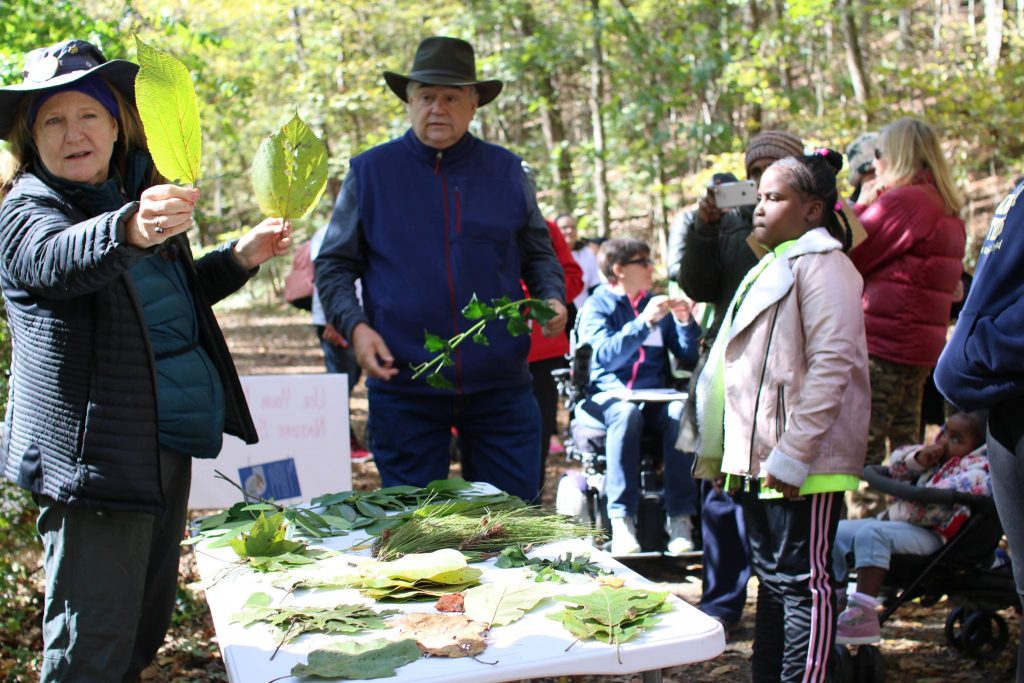
On a brisk and sunny morning, the large group assembled in front of the River at Paces Mill for an introduction to the Chattahoochee RiverLands Greenway Study by Gena Wirth (SCAPE) and Byron Rushing (Atlanta Regional Commission).
“One of the primary goals of the future Chattahoochee RiverLands Greenway is that people of all ages and abilities will be invited to move along the RiverLands freely and comfortably. Part of why we’re here is to learn from you today about what you would like to see included in the design,” Gena addressed to the group.
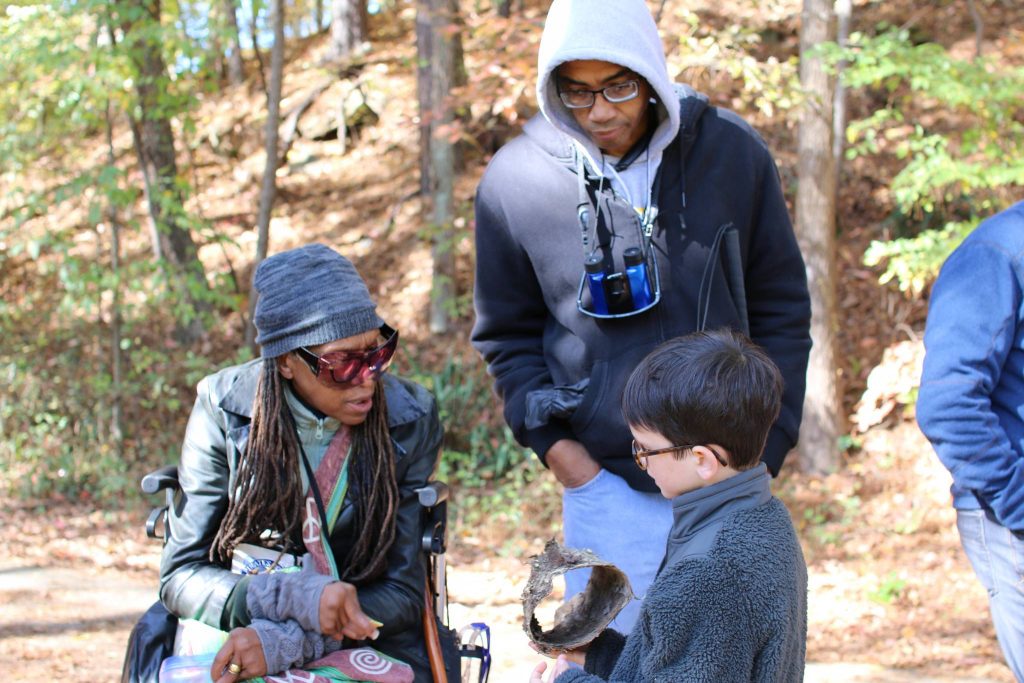
After the introduction, Lillie Kline (Educational Coordinator, Atlanta Audubon) led the group onto the Rottenwood Creek Trail for a bird listening tour. Many birds prefer to stay hidden from predators and are only detectable by sound. During the walk, all participants were asked to listen to the birds and the different ways they communicate. Click here to check out the list of bird species that were identified on the tour.
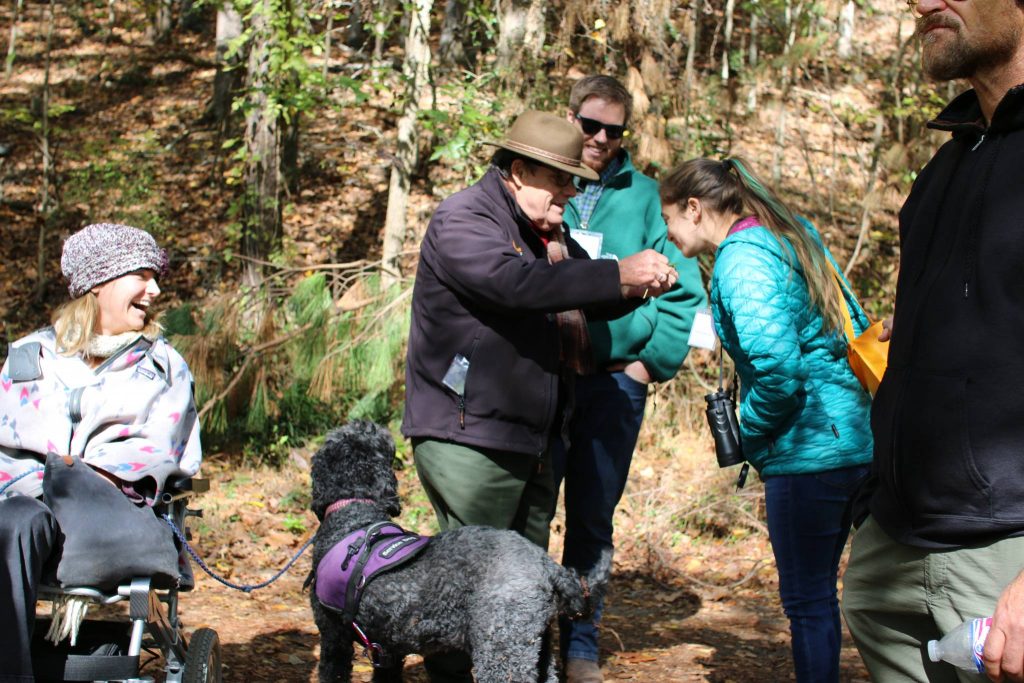
To the group’s delight, when Lillie played the call of the Blue Jay from her phone, a local Chattahoochee Blue Jay responded! Here’s what the call of a Blue Jay sounds like. Another find was the Eastern Bluebird, which has been diminishing in numbers across the country.
The group was not able to identify a local Barred Owl, which are more often heard in the early morning as they hunt for crawfish in the river. If you’re ever out on the river at dawn try calling out, “Who cooks for youuuu?” and see if you get a response.
As the group walked and rolled along the trail, Nature for All and the National Park Service Rangers Jerry and Penny Hightower set up “sensory stations” with samples of leaves, pieces of bark, berries, acorns, and other bits of nature that the group passed around to identify through touch.
A two-year-old girl born without vision was excited to touch everything – first the grass, then wrapping her arms around the trunks of trees, and tracing the edges of boulders and rocks along the path. Her mother noted that the outdoors is the best possible place for her to run, play, learn, and freely experience the world. The enthusiasm, abilities, and comments of the participants gave a new perspective to the Design Team.
These rich experiences are only made possible with inclusive design strategies that are embedded early in the design process. Everything from accessible information online, to trails with parking, restroom facilities, picnic areas, and boat ramps that are designed to comply with accessibility standards are crucial to making sure more people of all ranges of abilities can experience nature.
The Design Team zeroed-in on a few strategies based on feedback during the event:
- Accessible Online Information! The RiverLands website could take a nod from Nature for the Blind, whom maintains a growing list of Braille Trails that exist now, around the world. From feedback collected at the event, most people living with disabilities must plan ahead before getting to the park – including looking up the area’s accessibility, transportation options, amenities, and trail conditions. Large print or audio descriptions are helpful tools for making that information accessible online.
- Accessible Tributary Trails! From the feedback collected at the River Ramble, it appears people living with disabilities venture out onto the trails less often than they’d like due to limited transportation options. Those who can take public transportation say that the accessible park units are not currently stops along the trail. Could the Tributary Trails act as safe routes between current public transportation stops and the river?
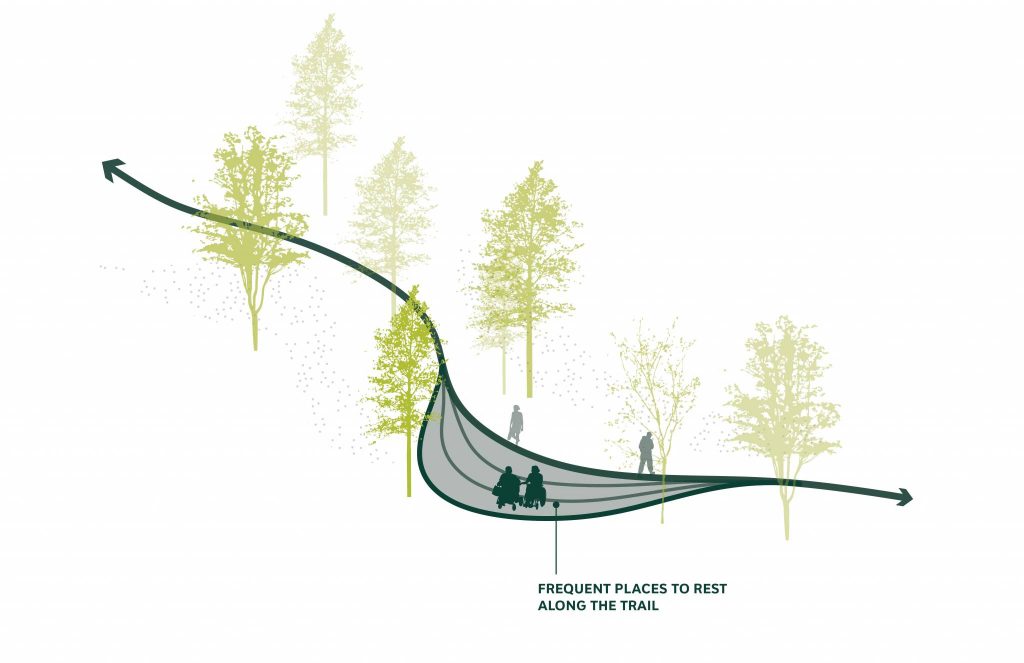
- Accessible RiverLands Trails, Trailheads and Parks! If you’ve traveled all the way to the RiverLands, the design of natural spaces should create a sense of independence and integration for all visitors. This begins with accessible trailheads that include accessible restrooms, picnic areas, parking, and boat ramps. Along the Greenway, there should be frequent places to rest and take in the diverse sensory features of the Chattahoochee RiverLands. An accessible trail should be graded for minimal incline and the surface should be firm and stable to allow for comfortable travel. Many participants at the River Ramble indicated the importance of being able to sense where one is within the trail, not only along its length, but within the width of the trail itself. Whether this is a tactile edge condition that can be felt with a cane or a rope along the side that can guide visitors to areas of importance, integrating these features would open up stewardship of the Chattahoochee River to people of all abilities.
River Rambles are just one part of the comprehensive and deliberate engagement process informing the Chattahoochee RiverLands Greenway Study. Stay tuned for more!
The Design Team extends a huge thanks to the participants and partner organizations who made the day possible, including: Nature for All, the Georgia Council of the Blind, Aimee Copeland Foundation, Atlanta Audubon Society, Shepherd Center for Spinal Cord and Brain Injury Rehabilitation, Center for the Visually Impaired, Friends of Disabled Adults and Children (FODAC), National Park Service, and Chattahoochee Parks Conservancy.
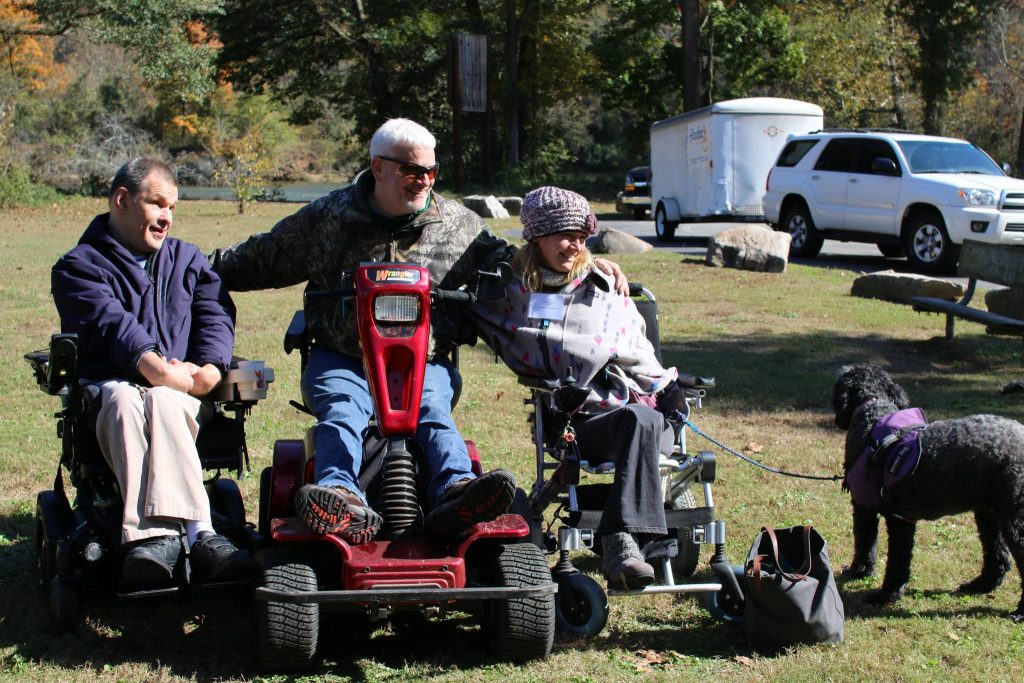
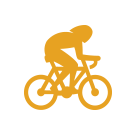
/-84.454991,33.867547,12/300x186@2x?access_token=pk.eyJ1IjoibHpjYW11dGkiLCJhIjoiY2o3a281dWJvMHE4ajMzbGF4enJyNHRiciJ9.DhYjvPk5E_wJvys5DU5v2A)










